|
The question of print vs. digital has been debated for years. It’s a question we are often asked by our clients — are printed marketing pieces still relevant in the digital age? Back in 1999 when I began my design and marketing agency, believe it or not, not everyone had a website. It’s true. Back then, we were doing roughly 90% print work and 10% digital; fast forward to today when that percentage is flipped. As digital media became widely accepted (and expected) many water cooler conversations at design agencies and print shops were centered around what would happen to print. Would it die? We are still having these same conversations. Questions such as “Do we really need printed letterhead?”, “What’s better, a printed or digital brochure?”, “What’s more effective, a direct mail or email campaign?” are still being debated. My resounding response to all of these questions is the same now as it was then: yes. Yes we need print. Yes we need digital. And one of the strongest reasons is how you will build a better marketing campaign — with the rule of multiplicity. What is Multiplicity?The rule of multiplicity states that by combining related marketing efforts, you will multiply your hit rates, boost your effectiveness and subsequently boost the ROI of your entire campaign. The first task to building a plan around multiplicity is to look at your goals and the audience you wish to reach, and create ‘customer profiles’ for each group of prospects. Next, given these customer profiles, what would be the best way to reach them? Follow them through their customer journey and determine where you can combine online and offline marketing into one continuous campaign. This will add to your overall effectiveness in this way: Let’s say you send out an e-newsletter and receive a 2% response rate. Next, you mail a printed brochure and get a 2% response rate. Working with the same campaign message, you then place a print ad in a targeted publication and have a 1.5% response rate. Finally, you run a social media campaign and enjoy a 3% return. All of these efforts are integrated with the same branding and message so you more than triple your campaign’s effectiveness; add your ROI together for each part of your integrated campaign and you will see the rate of multiplicity. For our example that would be: 2 + 2 + 1.5 + 3 = 7.5% Your combined campaign effort results in an ROI of 7.5%—that is the power of multiplicity. There is no replacement for a printed piece; how could a digital medium ever substitute for the personal interaction of handing someone your business card?Pros for Both Print and DigitalThere are many pros for both print and digital mediums. When planning your omnichannel campaign (a campaign where prospects are encouraged to interact with more than one channel) it’s important to understand each medium’s strengths so you can capitalize on them. Print is best at creating a memorable, sensory experience. There is no substitute for a printed piece. The feel of the paper, the weight of it in your hands, the smell of the ink, the sound of the pages; it’s a visceral experience that can’t be compared. Print is also how people absorb and retain information; many studies have proven again and again that we read differently on-screen than in print. Typically when we are reading on-screen, we are searching for a bit of information, so we skim. Our mindset is also very different when we read print; we are more focused when we have printed material in our hand, and we are ready to pay attention and absorb it. Reading content online is ripe with distractions from pop-ups to email notifications. These are vital considerations to keep in mind when designing for both mediums. Obviously, digital also has its merits such as affordability, speed and its ability to be interactive. One of digital’s most attractive qualities is its ability to be easily updated and changed, keeping it fluid and up-to-the-minute accurate. Gone are the days of storage closets filled with expensive, out-of-date brochures! Now, we can digitally print much smaller quantities and update our website in a matter of minutes. Digital can also allow for a longer format; you are not limited by page numbers or print costs — only by the attention of your viewer. It’s a Symbiotic RelationshipPrint and digital really are best when they are supporting one another. The question should not be print vs. digital, but print and digital. Here are a few examples of how you can use both symbiotically in your marketing efforts:
So, How Do I Build a Better Marketing Campaign?The most powerful results are achieved when you have a well-planned, thoughtful, targeted, clear, branded, omnichannel campaign built on the strengths of both online and offline efforts. Encourage your prospects to interact with more than one channel and reward them by not simply taking the same information and repeating it, but re-crafting it to feel fresh while engaging with each audience — even if it’s the same audience. Carrying the same campaign over both on- and offline channels will boost your visibility and allow you to reach new audiences. When paired together, print and digital — although different formats with different ways of engaging — will build you one powerful marketing campaign! Need help developing your next campaign message or design? Elements is here to help with all of your print and digital marketing needs. — Amy |
Sign up for our informative newsletter filled with helpful branding and marketing tips.


© Elements 2024. Elements is a registered trademark of Elements, LLC.

